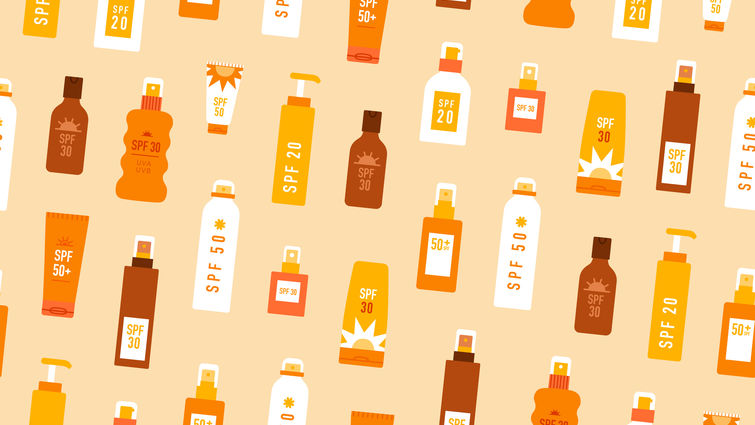
As a teenager during the summer heat, it’s hard not to crave the golden and tanned glow that comes after hours under the sun.
And for parents of those teens, it can be just as hard knowing the best ways to begin an understanding conversation about the real and lasting dangers of sun damage from tanning.
Ashley Elsensohn, MD, a dermatologist at Loma Linda University Health, says the topic is particularly hard since there can be a lot of pressure for people to be tan, and the adverse effects aren’t seen until years later. “Although tanning might result in short ‘gains,’ there are serious long-term consequences to your skin,” she says.
Elsensohn breaks down helpful information about tanning for parents and suggests asking their teenagers about one or two of the topics below to get them thinking about the seriousness of tanning, the importance of sun protection, and the available tanning alternatives.
Tanning need-to-knows
Tanning occurs when a person’s skin absorbs too much ultraviolet — UV — radiation, explains Elsensohn, which can occur from natural sunlight or from tanning beds. The skin cells become damaged by the UV radiation, and the skin tries to protect itself by making more pigment called melanin. “In short, tanning tells us that DNA damage has occurred to your skin,” she says.
Additionally, Elsensohn says there’s a misconception that getting a little sunlight and tanning is healthy because people “need it” for vitamin D levels. However, tanning is mostly caused by UVA exposure, and UVB exposure is what helps make vitamin D.
“Thus, when you tan, it doesn’t provide additional vitamin D levels,” she says. “It is recommended to get vitamin D from food or supplements and not from sun exposure. This is true regardless of your skin type.”
Tanning beds aren’t safer
Tanning beds are not a safe alternative to sunlight, and in fact, raise the risk for skin cancers, including basal cell carcinoma, squamous cell carcinoma, and melanoma, Elsensohn says. “It has been reported that just one indoor tanning session before the age of 35 increases the risk of developing melanoma by 75%,” she says.
Additionally, tanning over time causes premature aging in the form of sunspots, blemishes, and wrinkles. The dangers of indoor tanning have led to many regions in the United States banning indoor tanning for people under age 18, she says.
Sun protection is a must
Because of the damage that can be caused by prolonged sun exposure, Elsensohn encourages parents to promote the benefits of sun protection and set a good example for their teens.
Wear proper sunscreens and reapply. Wear hats, such as baseball caps or sunhats. Opt for long pants and shirts made from breathable material like linen. And wear sunglasses to protect the eyes.
Consider spray tans instead
Again, it may be hard as a teen facing the pressure and desire to be bronzed and glowing during the summer months to turn their back on tanning entirely. So, Elsensohn says spray tans may be a good alternative and are safe to use for teens.
“The active ingredient in most spray tans is a chemical called DHA,” she says. “This is an FDA-approved ingredient that has been used in sunless tanning products since the 1970s. The only caution I would give is to avoid inhalation, the eyes, and mouth. Otherwise, if just applied to the skin, it is very safe.”
Note that because the skin is constantly turning over, spray tans generally last around 7-10 days before needing reapplication.
Youth doesn’t equal invincibility from skin cancer
While many teens may feel young and healthy and mistakenly think that skin cancer isn’t going to happen to them from “a little” tanning in their youth, Elsensohn says that the truth is that tanning is dangerous.
“It might be the ‘cool’ thing to do, but it catches up with you,” she says. “I have skin cancer patients in my clinic every day — some of them as young as in their 20s and 30s. These patients regret time they spent tanning and wish they would have taken better care of their skin.”
The bottom line:
“Unfortunately, there is really no such thing as a healthy tan, whether it’s indoor or outdoor tanning,” Elsensohn says. “I would recommend alternative, sunless tanning products.”
Don’t be afraid to bring up this important topic to your teen to make sure they are safe during their fun in the sun this summer.
Visit our website for more tips on sun protection and sunscreen.
